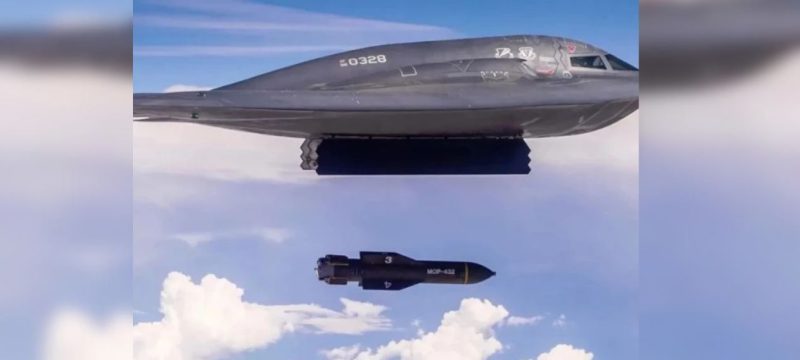Following the recent U.S. airstrikes on Iranian nuclear installations, Pakistani officials have raised concerns about a targeted misinformation campaign circulating on social media, aimed at tarnishing Pakistan’s image globally.
Government sources have firmly denied rumors suggesting that U.S. B-2 stealth bombers used Pakistani airspace during the operation. A representative from the Ministry of Defence clarified, “Our radar and air defense systems confirm that no U.S. aircraft, including B-2 bombers, entered or passed through Pakistani airspace.”
Read more: US Joins Israeli Strikes on Iran, Targets Include Fordow Nuclear Facility
Officials attributed the spread of such false narratives to anti-Pakistan groups intent on sowing confusion and damaging the country’s international reputation. “These baseless claims are part of a long-standing disinformation strategy employed by hostile entities,” one source said.
The government has urged the public to rely only on verified information released through official channels and report suspicious social media content promoting fake news. Authorities are actively monitoring digital platforms and have pledged to take strict action against those behind the misinformation efforts.
Flight Path Through Indian Airspace
Meanwhile, defense sources and newly released simulation data reveal that U.S. B-2 Spirit stealth bombers, which took off from Guam, executed their mission to Iranian nuclear sites by flying over Indian airspace. The visualized route included:
- Guam (15°N, 145°E): Departure point in the western Pacific
- Andaman Sea (10°N, 95°–100°E): First westward leg
- Central India (20°N, 75°–80°E): Overflight through India’s interior
- Arabian Sea (25°–30°N, 60°–65°E): Approach to targets near Iran’s borders
This data confirms that the bombers completely avoided Pakistani airspace, instead using a route through India. Although Indian authorities have not publicly acknowledged providing overflight permission, defense analysts note that Indian cooperation would have been crucial for the operation’s success.
The airstrike represents a major escalation in U.S. action against Iran’s nuclear program and has sparked urgent diplomatic responses across the region.









